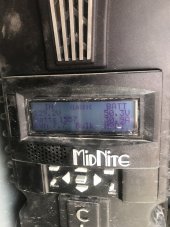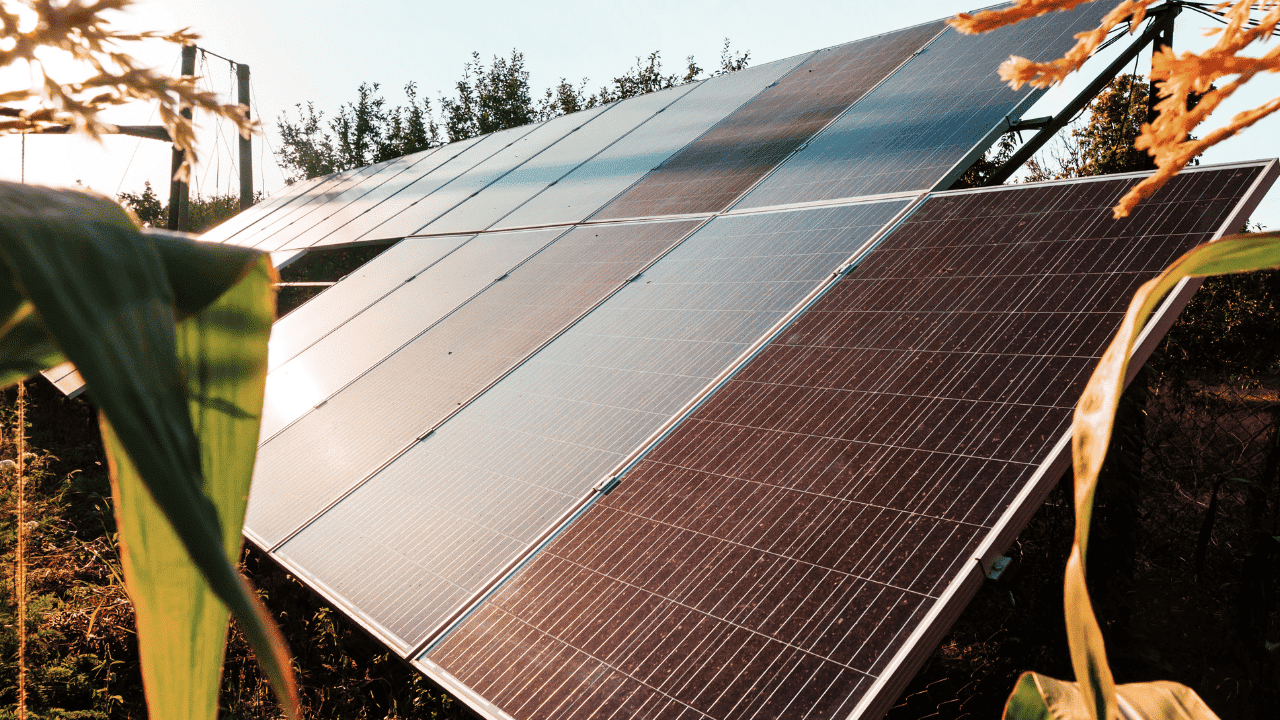Brand new here and grateful to have found this forum.
We recently bought 4.5 acres very off grid to live and farm. We found a great deal on the latest model of DC Solar trailer and brought that out for our power. This has 10 265 watt panels, Midnite Classic controller, 2 SMA Sunny Island inverters, the light towers, and generator.
Well at first it was working okay but recently not so much. Currently the batteries are charging *really slowly.* We has full sun today from about 9am to 7pm and the batteries only went from 16% to 32%. The controller is showing only between 200 and 600 watts coming in, from what I feel should be 2.6kw. I’ve called SMA who have been as helpful as they can, but obviously they can only speak to the inverters, not the other components or the entire system.
Help!
We recently bought 4.5 acres very off grid to live and farm. We found a great deal on the latest model of DC Solar trailer and brought that out for our power. This has 10 265 watt panels, Midnite Classic controller, 2 SMA Sunny Island inverters, the light towers, and generator.
Well at first it was working okay but recently not so much. Currently the batteries are charging *really slowly.* We has full sun today from about 9am to 7pm and the batteries only went from 16% to 32%. The controller is showing only between 200 and 600 watts coming in, from what I feel should be 2.6kw. I’ve called SMA who have been as helpful as they can, but obviously they can only speak to the inverters, not the other components or the entire system.
Help!








